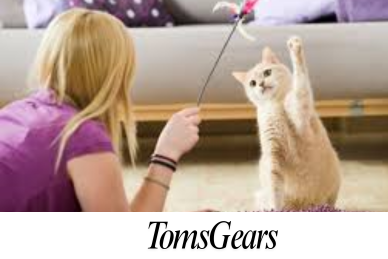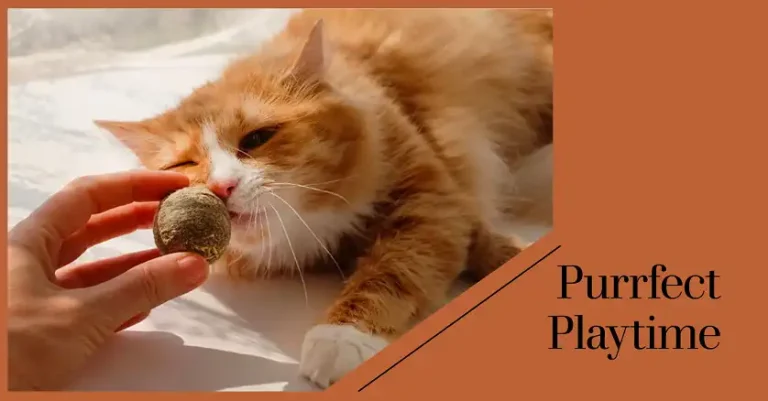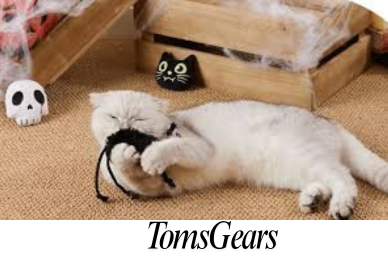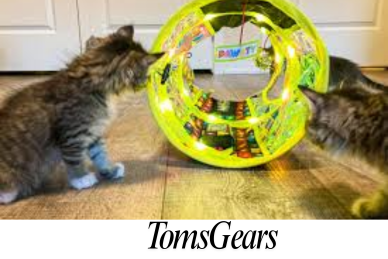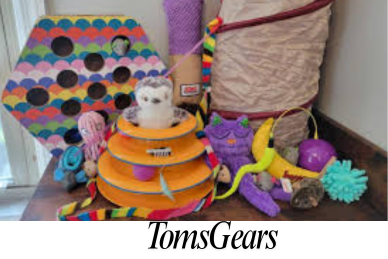How to Scoop Pellet Litter?
Short Answer: To scoop pellet litter, use a slotted scoop designed for pellet litter, remove solid waste daily, and sift through the litter to separate soiled pellets from clean ones. Regular scooping helps maintain a clean litter box and ensures a comfortable environment for your cat.
What Is Pellet Litter and How Does It Work?
Pellet litter is a type of cat litter made from compressed materials like wood, paper, or plant fibers. Unlike traditional clay or clumping litter, pellet litter breaks down into sawdust or mush when it absorbs moisture. This unique feature means that instead of clumping into hard masses, the pellets gradually disintegrate as they absorb urine, leaving solid waste on top.
Pellet litter is a natural, biodegradable option that is popular for its low dust levels and eco-friendliness. It’s also softer on the environment, as it typically doesn’t involve mining processes like clay-based litters do. However, because it doesn’t clump, scooping pellet litter requires a slightly different approach than with clumping litters.
Why Is Scooping Pellet Litter Different?
Traditional scoopers are designed for clumping litter, but pellet litter requires a special type of scoop. Since the pellets are larger and denser, a slotted scoop with wider gaps is typically used to sift through the litter without picking up clean pellets. The main difference is that while clumping litter allows you to remove wet clumps directly, with pellet litter, the goal is to sift out the solid waste and periodically replace the disintegrated pellets.
How to Scoop Pellet Litter?
Step 1: Gather the Right Tools
The first step in scooping pellet litter is to ensure you have the right tools. A slotted scoop designed specifically for pellet litter will make the task much easier. The larger slots allow the intact pellets to fall through while catching waste and any broken-down material.
Step 2: Scoop Solid Waste Daily
As with any litter, you should scoop out solid waste daily. Since the solid waste doesn’t break down in pellet litter, it remains on top of the litter bed, making it easy to spot and remove. Gently scoop the waste with your slotted scoop, making sure not to disrupt the clean pellets too much.
Step 3: Sift Through the Pellets
After removing the solid waste, sift the scoop through the pellets to separate any disintegrated pellets or soiled areas from the clean ones. The clean, intact pellets should easily fall through the slots, while the broken-down pellets and sawdust will remain in the scoop. If you notice that the pellets have become wet or mushy, this indicates it’s time to replace that portion of the litter.
Step 4: Dispose of the Waste
Once you’ve gathered the solid waste and soiled pellets, dispose of them properly. Pellet litter is usually biodegradable, so depending on the type, it may be compostable. However, solid waste should be discarded in the trash to avoid contamination.
Step 5: Add Fresh Pellets as Needed
Pellet litter gradually disintegrates over time, so you’ll need to replace a portion of the litter regularly. Each time you scoop, top up the litter box with fresh pellets to maintain a depth of around 1.5 to 2 inches. This ensures that your cat has a clean and comfortable surface to use.
How Often Should You Change Pellet Litter?
While scooping should be done daily, you will need to fully replace the litter every one to two weeks, depending on how many cats are using the litter box and the type of pellet litter. For a single cat, you can often extend the replacement to two weeks, but for multi-cat households, more frequent changes may be necessary.
How Does Pellet Litter Compare to Clumping Litter?
Pellet litter requires a bit more effort to scoop because it doesn’t clump, but it offers some distinct advantages, especially for eco-conscious pet owners. Here’s a comparison to provide a clearer understanding:
| Litter Type | Clumping Ability | Dust Levels | Environmental Impact | Odor Control | Scooping Method |
| Pellet Litter | No clumping | Low dust | Biodegradable | Moderate | Sifting and topping up |
| Clumping Litter | Strong clumps | Can be dusty | Non-biodegradable (clay) | Strong | Removing clumps directly |
From the table, it’s clear that pellet litter has the advantage of being low dust and eco-friendly, but it requires more regular maintenance to ensure it stays clean and odor-free.
Why Should You Scoop Pellet Litter Regularly?
Scooping regularly is essential for keeping the litter box sanitary and preventing odors. Even though pellet litter may control odors to some extent, urine-soaked pellets eventually break down, and solid waste can start to smell if left for too long. Regular scooping ensures that the litter box remains fresh and that your cat feels comfortable using it.
Cats are known for their cleanliness, and they may refuse to use a dirty litter box. By scooping daily and adding fresh pellets when needed, you help encourage good litter box habits.
Can You Flush Pellet Litter?
Whether pellet litter is flushable depends on the specific brand. Some pellet litters made from biodegradable materials like wood or paper may be flushable in small amounts, but it’s generally safer to dispose of litter in the trash. Flushing large quantities can lead to clogs or issues with plumbing, especially if the litter is made from materials that swell when wet.
Always check the packaging of your pellet litter for specific disposal instructions.
Common Mistakes to Avoid When Scooping Pellet Litter
It’s easy to make mistakes when switching to a new type of litter, but avoiding these common errors will help keep your litter box clean and efficient:
1. Using the Wrong Scoop
Using a scoop designed for clumping litter won’t work well with pellet litter. The small slots can trap clean pellets, making it harder to sift through the litter effectively.
2. Not Scooping Frequently Enough
Pellet litter doesn’t clump, so some pet owners may assume it doesn’t need to be scooped as often. However, failing to scoop daily can lead to unpleasant odors and make the litter box unappealing to your cat.
3. Overfilling the Litter Box
While pellet litter should cover the bottom of the litter box, overfilling it can make it harder to sift and scoop. 1.5 to 2 inches is the ideal depth for most pellet litters.
How to Transition Your Cat to Pellet Litter?
If you’re switching from a clumping litter to pellet litter, it’s important to transition your cat slowly to avoid litter box avoidance. To do it, start by mixing a small amount of pellet litter with your cat’s current litter. Gradually increase the proportion of pellet litter over one to two weeks, allowing your cat time to adjust to the new texture.
Pay attention to how your cat reacts to the pellet litter. If they show signs of discomfort or start avoiding the litter box, slow down the transition process.
Frequently Asked Questions (FAQs)
1. How often should you scoop pellet litter?
You should scoop pellet litter daily to remove solid waste and sift through soiled pellets. This helps maintain cleanliness and reduces odors.
2. Can you flush pellet litter down the toilet?
It depends on the type of pellet litter. Some biodegradable varieties are flushable, but it’s generally recommended to dispose of pellet litter in the trash to avoid plumbing issues.
3. How long does pellet litter last?
Pellet litter should be replaced every one to two weeks, depending on the number of cats and the type of pellets used. Regular scooping can extend the life of the litter.
4. Is pellet litter more eco-friendly than clumping litter?
Yes, pellet litter is typically more eco-friendly because it’s made from biodegradable materials like wood or paper. It doesn’t involve the mining processes used in clay litters, making it a more sustainable choice.
5. Do cats like pellet litter?
Some cats enjoy the texture of pellet litter, while others may take time to adjust. It’s important to transition your cat slowly to the new litter and monitor their behavior.
Summary
Scooping pellet litter may require a slightly different technique compared to clumping litter, but with the right tools and regular maintenance, it’s an effective way to keep your cat’s litter box clean and odor-free. Sifting daily, removing solid waste, and replacing soiled pellets will ensure that your cat has a fresh, comfortable environment. Whether you’re looking for an eco-friendly option or a low-dust alternative, pellet litter can be a great choice for both you and your cat.

